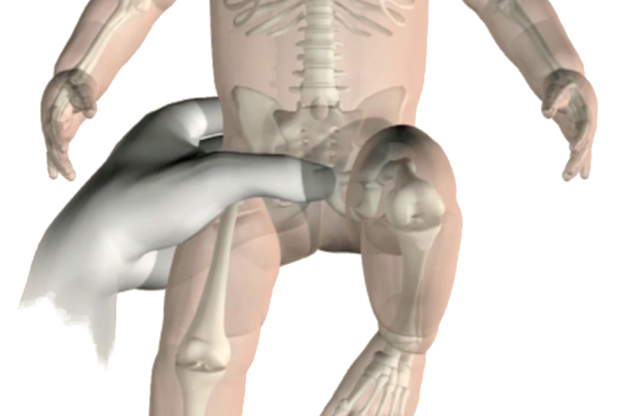
The newborn and infant physical examination screening programme has made some important changes over the past few months
We in the NHS Newborn and Infant Physical Examination (NIPE) Screening Programme national team in PHE wanted to update you on important changes made during the COVID-19 outbreak.
KPI submissions
KPI data will now be taken directly from the SMaRT4NIPE (S4N) IT system. This change will start with data from quarter 1 of 2020 (1 April to 30 June, with September submission).
Before submission, you’ll be sent a preview of your NHS trust data and given 3 weeks to report any mitigations. These should be submitted with the final data but the mitigating reasons will not be published. As outlined in the NIPE COVID-19 technical guidance, performance will be considered in the context of COVID-19 related pressures.
NIPE pathway changes
The NIPE screening pathway will soon be updated, including changes to the hip screening pathway and minor changes to the eye screening pathway.
You may have been expecting these changes to take place in September 2020 but, as communicated to providers in May 2020, due to COVID-19 related pressures, it has been necessary to change the date to April 2021 for implementation of the new NIPE newborn screening pathway and some new standards. There will be no change in eligibility for the NIPE screen.
However, we will be clarifying the terms:
- ‘too ill for NIPE screening’ – a list of possible conditions that may result in delay in screening will be added to the upcoming iteration of the screening handbook
- ‘too preterm for NIPE screening’ – will be renamed ‘too young for NIPE newborn screening’ (services can delay screening to the equivalent of 34 weeks gestation for babies born before this time)
We are also making some changes to S4N, to support failsafe and data collection at the start of the implementation of the new pathways. Full details of the required pathway changes will be shared soon with providers and commissioners.
Other changes
We have postponed an education and training competency task and finish group, screen positive leaflet development group and further review of eye and testes screening pathways. We will be running these sessions online as soon as possible and keep you informed of progress through the blog.
We produced documents related to technical guidance, most recently on continuance and restoration. We hope these have been useful.
Some other general upcoming changes include:
- updating the NIPE clinical handbook, to include the new standards
- producing new NIPE pathway flowcharts
- finalising details of each pathway and converting these into new standards – changes and updates to current standards 1, 2, 3 and 4
- updating the NIPE e-Learning resource – new content and an improved and modern look
- ensuring all NIPE documents are in accessible format on GOV.UK
Thank you
Lastly, we want to share our thanks for all your efforts in continuing to provide NIPE screening during the COVID-19 outbreak. We hope S4N has continued to be a vital tool to record the NIPE screen and any post referral outcomes.
Using the system to its full potential will ensure all babies have newborn physical examination screening recorded and any outcome is followed up, if required.
PHE Screening blog
The PHE Screening blog provides up to date news from all NHS screening programmes. You can register to receive updates direct to your inbox, so there’s no need to keep checking for new blogs. If you have any questions about this blog article, or about population screening in England, please contact the PHE screening helpdesk.























